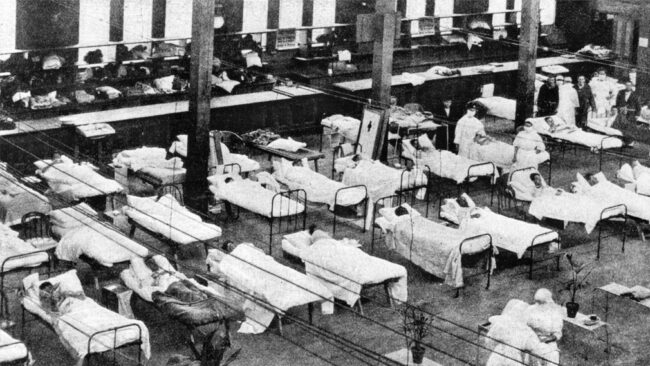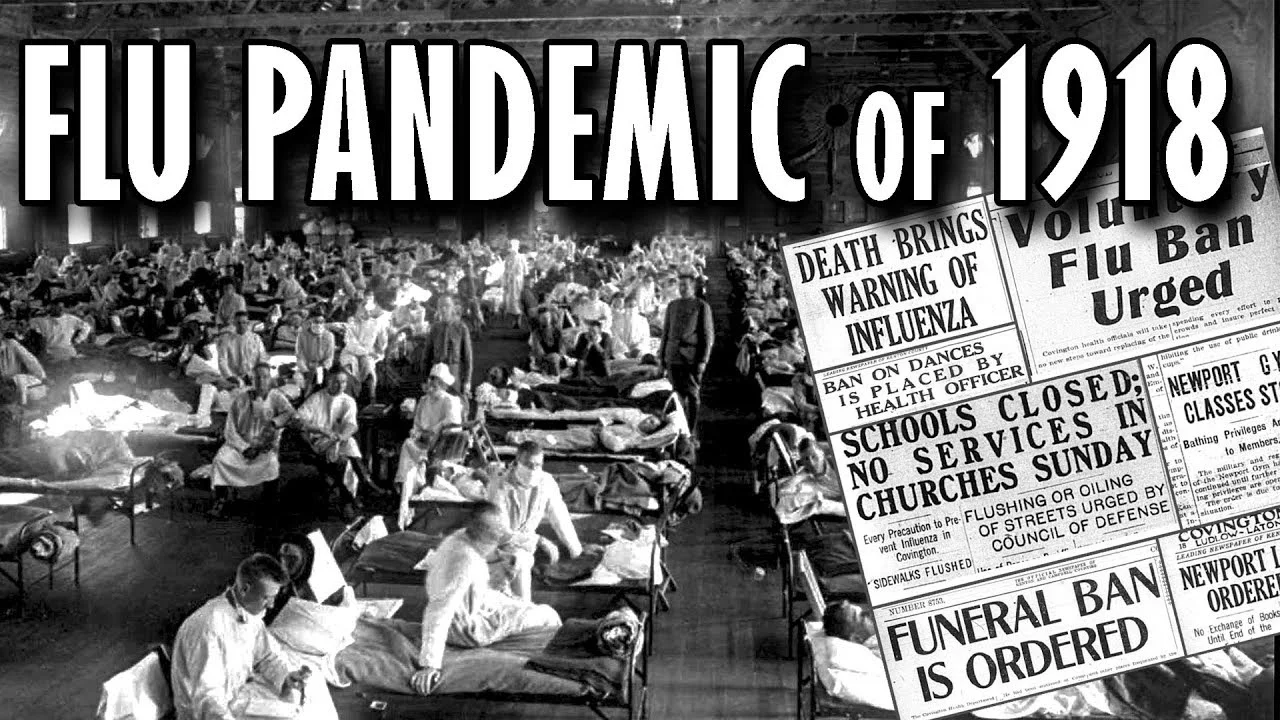The 1918 Influenza Pandemic, commonly known as the Spanish Flu, was a worldwide catastrophe that infected approximately one-third of the glob
The 1918 Influenza Pandemic, commonly known as the Spanish Flu, was a worldwide catastrophe that infected approximately one-third of the global population and caused unprecedented mortality. Occurring during a time of international conflict and social upheaval, this pandemic exposed vulnerabilities in public health systems and shaped how societies respond to infectious diseases even today.
Must visit: swiftnewsnow

The Origins and Early Spread of the Pandemic
The origin of the 1918 influenza virus is still debated. Many researchers point to a military camp in Kansas, USA, as one of the earliest outbreak sites in early 1918. Others argue the virus could have emerged in Europe or Asia, possibly China. The nickname “Spanish Flu” is misleading; it arose because Spain, a neutral country in World War I, reported freely on the flu’s spread, while many countries involved in the war suppressed information to protect morale.
The pandemic was caused by a novel H1N1 influenza A virus strain to which humans had no prior immunity. The virus spread rapidly and extensively, aided by the movement of troops and the crowded conditions of war.
The Three Deadly Waves
The pandemic came in three waves:
- First Wave (Spring 1918): Relatively mild, this wave resembled typical seasonal flu and had a lower death rate but spread rapidly.
- Second Wave (Fall 1918): The deadliest phase; the virus had mutated into a more virulent form. Symptoms worsened dramatically, and many died of viral pneumonia or secondary bacterial infections. The healthcare system was overwhelmed.
- Third Wave (Winter 1918-1919): This wave was less severe but still deadly, extending the pandemic into 1919.
The second wave was particularly devastating and responsible for the majority of fatalities.
What Made the 1918 Flu So Lethal?
The 1918 influenza pandemic’s lethality was due to multiple factors:
- Novel Virus: The human population had no immunity, enabling widespread infection.
- Cytokine Storm: In many cases, especially in young adults, the immune system overreacted, causing fatal lung damage.
- War Conditions: Overcrowding, poor nutrition, stress, and troop movements created ideal conditions for transmission.
- Lack of Medical Treatments: There were no vaccines or antivirals, and antibiotics for bacterial infections had not yet been developed.
Worldwide Impact and Death Toll
An estimated 500 million people contracted the virus, about one-third of the world’s population at the time. Death toll estimates vary, commonly cited as between 20 million and 50 million, with some estimates as high as 100 million. The pandemic struck all continents, including isolated populations in the Arctic and Pacific Islands. India suffered some of the highest fatalities, with millions dead.
The pandemic’s rapid spread overwhelmed healthcare systems and had devastating social and economic effects.
Public Health Measures and Challenges
Governments responded with several public health measures:
- Isolation and Quarantine: Sick individuals were isolated.
- Social Distancing: Schools, theaters, and places of worship were often closed.
- Face Masks: Mask wearing was recommended and mandated in some places.
- Hygiene Campaigns: Public education promoted handwashing and covering coughs.
However, misinformation, inconsistent enforcement, and wartime censorship complicated efforts to control the spread.
The Aftermath: How the Pandemic Changed the World
The 1918 pandemic highlighted weaknesses in global public health infrastructure and led to reforms including:
- Improved Disease Surveillance: Establishment of organizations focused on monitoring infectious diseases.
- Vaccine Research: Accelerated study of influenza viruses paved the way for modern vaccines.
- Global Cooperation: Recognition of the need for international collaboration in health crises.
- Public Health Awareness: Greater emphasis on hygiene and preventive health measures.
Its lessons continue to inform responses to outbreaks today.
Frequently Asked Questions (FAQs)
Q1: What caused the 1918 Influenza Pandemic?
A novel H1N1 influenza A virus strain that spread rapidly in a largely susceptible population.
Q2: Why is it called the Spanish Flu?
Because Spain reported openly on the outbreak due to free press, unlike other nations involved in WWI that censored information.
Q3: How many people died from the 1918 flu?
Estimates range from 20 million to 50 million globally, with some figures up to 100 million.
Q4: What made the 1918 flu so deadly compared to normal flu?
It caused severe lung infections and high death rates in young adults due to an overactive immune response.
Q5: Were there vaccines or treatments available?
No vaccines or antiviral drugs existed; antibiotics to treat secondary infections were not available.
Q6: How did the pandemic end?
The virus mutated to less virulent forms and herd immunity built up, reducing its spread.
Q7: What lessons did the world learn from the 1918 pandemic?
The importance of public health infrastructure, international cooperation, rapid response, and vaccine development.




COMMENTS